Scleroderma is an autoimmune disease where the immune system attacks your skin and other connective tissues. These tissues are tendons and cartilage that protect and support your body. Scleroderma can change how your skin looks, creating patches of hard or discolored skin or scars. There are 2 main types of scleroderma based on which parts of the body it affects:
1) Localized scleroderma only affects the skin.
2) Systemic scleroderma affects the skin and other parts of the body.
This is also called systemic sclerosis.

Symptoms of localized scleroderma include:
Symptoms of systemic scleroderma include:
You are more likely to develop scleroderma if a family member has scleroderma or other autoimmune diseases that affect connective tissue (such as lupus). However, you may have no family history of scleroderma and still develop the disease.
Scientists are still learning what other factors may increase the risk of scleroderma. They think certain chemicals, infections, or hormones may increase the risk.
Charitable estate planning is financially beneficial for families and individuals of various ages and income levels, and ensures a legacy of commitment to making a difference through funding research, while supporting ANRF’s mission.

5319 University Dr #10022
Irvine, CA 92612
800.588.2873
Tax ID #: 95-6043953
| Cookie | Duration | Description |
|---|---|---|
| cookielawinfo-checkbox-analytics | 11 months | This cookie is set by GDPR Cookie Consent plugin. The cookie is used to store the user consent for the cookies in the category "Analytics". |
| cookielawinfo-checkbox-functional | 11 months | The cookie is set by GDPR cookie consent to record the user consent for the cookies in the category "Functional". |
| cookielawinfo-checkbox-necessary | 11 months | This cookie is set by GDPR Cookie Consent plugin. The cookies is used to store the user consent for the cookies in the category "Necessary". |
| cookielawinfo-checkbox-others | 11 months | This cookie is set by GDPR Cookie Consent plugin. The cookie is used to store the user consent for the cookies in the category "Other. |
| cookielawinfo-checkbox-performance | 11 months | This cookie is set by GDPR Cookie Consent plugin. The cookie is used to store the user consent for the cookies in the category "Performance". |
| viewed_cookie_policy | 11 months | The cookie is set by the GDPR Cookie Consent plugin and is used to store whether or not user has consented to the use of cookies. It does not store any personal data. |